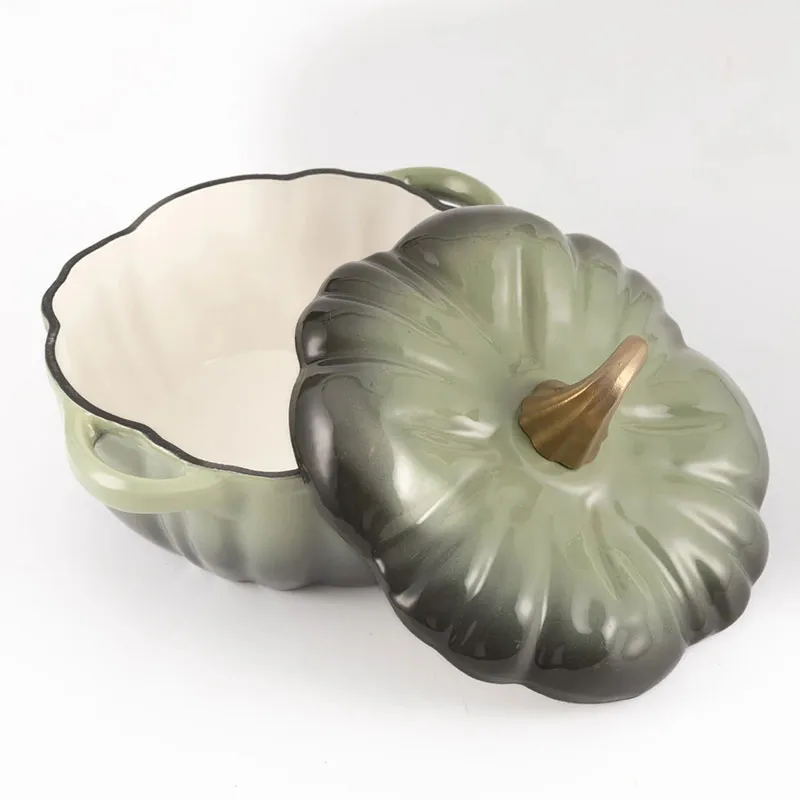
camping iron pan
The Joy of Cooking with a Camping Iron Pan
Camping is a quintessential way to reconnect with nature, but it's not just about the scenery; it's also about the experiences we create around the campfire. One of the most delightful aspects of camping is preparing and sharing meals in the great outdoors, and the camping iron pan is an indispensable companion for this culinary adventure.
What is a Camping Iron Pan?
A camping iron pan, often referred to as a cast iron skillet or pan, is a versatile piece of cookware ideal for outdoor cooking. Manufactured from cast iron, these pans are known for their superior heat retention and even cooking capabilities. Unlike non-stick pans that require special care, camping iron pans can withstand high heat, making them perfect for use over open flames or with hot coals.
Why Choose an Iron Pan for Camping?
1. Durability Cast iron is famous for its strength. A well-cared-for iron pan can last a lifetime, easily withstanding the rigors of outdoor cooking. Whether it's exposed to moisture or fluctuating temperatures, these pans are built to endure.
2. Versatility Iron pans can be used to prepare a variety of dishes. From frying bacon and eggs for breakfast to searing steaks or baking a cobbler for dessert, the possibilities are endless. You can use them over a campfire, on a camping stove, or even in the oven if you're rustic enough to have access.
3. Flavor Enhancement Cooking with a cast iron pan can enhance the flavors of your food. As the pan develops a natural seasoning over time, it adds a unique taste that complements many dishes. This is a hand-me-down skill that many seasoned campers swear by, as the flavors intensify and deepen with each use.
4. Health Benefits Interestingly, cooking with cast iron can increase your dietary iron intake. For those prone to iron deficiency, this can be a subtle yet beneficial enhancement to camp meals.
camping iron pan

Tips for Using a Camping Iron Pan
1. Seasoning Your Pan Before embarking on your camping trip, ensure your iron pan is well-seasoned. This process creates a natural non-stick surface and helps prevent rust. Apply a thin layer of vegetable oil and heat it until it smokes, then let it cool.
2. Cleaning and Care After cooking, avoid soap as it can strip the seasoning. Instead, use hot water and a stiff brush or sponge. Dry the pan immediately to prevent rusting, and apply a light coat of oil before storage.
3. Mastering the Fire Adjust your cooking techniques according to the heat of your campfire. Use hot coals for even cooking and avoid placing the pan directly on hot flames, which can lead to burning. An understanding of fire management will elevate your outdoor cooking skills.
4. Experimenting with Recipes When camping, try to think beyond simple s’mores and hot dogs. Try creating a one-pan meal with vegetables and meats, or bake a bread or dessert. The experience of preparing a meal from scratch in the wilderness can be profoundly rewarding.
The Experience of Cooking Outdoors
Cooking with a camping iron pan not only nourishes the body but also enriches the soul. As night settles in and the stars illuminate the sky, the aroma of freshly cooked food wafts through the campsite, drawing people together. Meals prepared in the outdoors often taste better, as the flavors harmonize with the environment. The laughter around the fire, the stories shared among friends, and the simple joy of eating outside create memories that last a lifetime.
Conclusion
In summary, the camping iron pan is more than just a cooking tool; it's a symbol of the great outdoors and everything that comes with it. With its durability, versatility, and ability to enhance flavors, it's an essential part of any camping adventure. So, the next time you pack for a trip into the wild, don’t forget your trusty iron pan – it’s bound to make your outdoor culinary experience unforgettable.
-
Season Cast Iron Perfectly with GPT-4 Turbo TipsNewsAug.01,2025
-
High Quality Cast Iron Cookware - Baixiang County Zhongda MachineryNewsAug.01,2025
-
Premium Cast Iron Pan: Durable & Perfect HeatNewsAug.01,2025
-
High Quality Kitchen Durable Black Round Cast Iron Cookware Pancake Crepe Pan-Baixiang County Zhongda Machinery Manufacturing Co., Ltd.NewsAug.01,2025
-
Cast Iron Cookware - Baixiang County Zhongda Machinery | Nonstick, Heat ResistanceNewsAug.01,2025
-
High Quality Kitchen Durable Black Round Cast Iron Cookware - Baixiang County Zhongda Machinery | Non-Stick, Heat Retention, DurableNewsJul.31,2025


